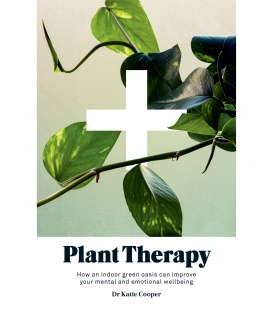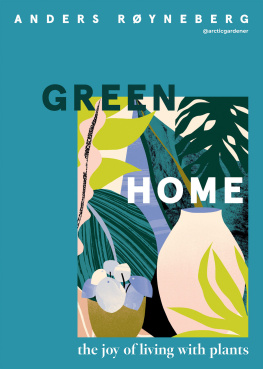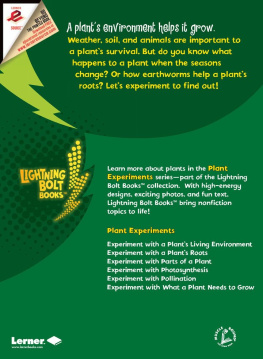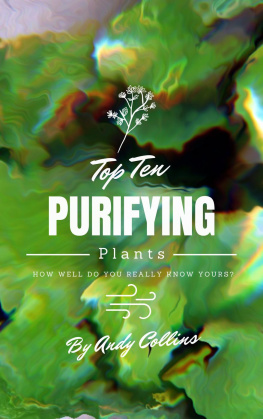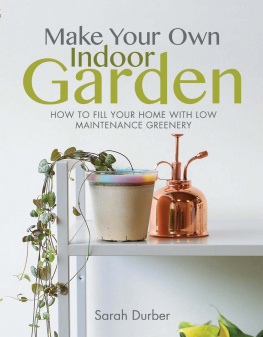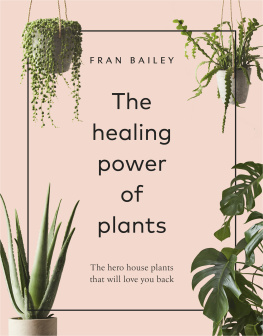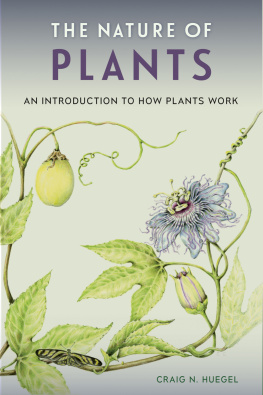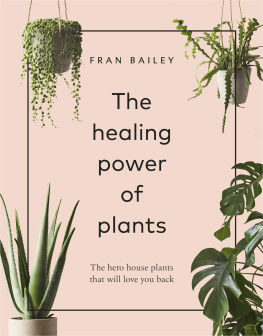Contents
In my latter years as a therapist I worked with a severely ill client who had been in and out of inpatient facilities since childhood. On top of dealing with a long history of abuse, she suffered from dissociative behaviour, self-harm and suicidal thoughts. Being especially vulnerable, she met with me frequently. The goal of our sessions was to help her manage destructive impulses, regulate negative emotions and develop greater resilience, so that she might form a more positive relationship with herself and those around her.
About six months in, her progress stagnated and it started to feel as if we were stuck. Although a level of trust had developed between us, the defences shed built up to protect herself made me fear shed never be able to absorb the positive messages. I presented the case to my supervisor, who came back with the surprising suggestion that I should ask my client to buy a plant to look after at home. After making the suggestion, my client chose a young tomato plant and started to care for it.
In our sessions, we spoke about the way she was nurturing it and the rewards she was reaping from this attentiveness: over time, the plant grew taller and produced fruit that began to ripen. My client also began to show signs of small but significant shifts in attitude and behaviour. The repeated act of nurturing the plant, and seeing the results of that nurturing, led her to be more receptive to therapy and encouraged her to be kinder to herself.
Working with this client made me realise three things:
the potential for plants to be used as a profound therapeutic tool;
the restorative effects of plants on people;
and that individuals can form meaningful and valuable relationships with living things beyond humans or pets.
Equally, it made me wonder whether a loss of connection to plant-life at a socio-cultural level could be directly linked to the increasing incidences of mental illness. The impact that relationships with other humans can have on our mental health is widely documented: in the absence of functional relationships, particularly in our formative years, risk of mental illness becomes far greater. I wondered if this theory could be extended beyond the relationships between humans to other living things in the physical world around us. Could living in a dysfunctional environment affect people to such an extent that it becomes a causal factor in the development of mental illness?
Although inspired by a personal encounter, this book takes a broader view of plants and wellbeing, looking at the scientific and philosophical literature in this field and what it has to tell us. It also considers how we as individuals might repair our severed relationship with nature in order to improve our wellbeing.
By way of background, the first part of the book takes an evolutionary journey through our relationship with nature, exploring just how essential nature is to our wellbeing and to feeling comfortable in our skin (). It highlights how in recent times, particularly in Western cultures, people have become more disconnected from nature, and the mental-health problems that can arise from such a ruptured bond. Drawing on evolutionary, philosophical and psychological literature, the book explores the meaning and importance of a life integrated with nature.
Next I delve into the science (). It is far too easy these days to read something on the internet and take it as gospel, when really it could be nothing more than an embellished story. In this context, it feels imperative to highlight the latest research on plants and health. By looking at the results of various scientific studies it becomes easy to see the kinds of benefits we can expect to experience by surrounding ourselves with plants: environmental, physiological and psychological.
In the third chapter (), I look at why we respond so well to plants, which not only makes the benefits feel more tangible, but also serves as a stark reminder of how far we have travelled from our evolutionary heritage and the detrimental impact this has had. I go on to explore the restorative impact nature has on both our body and mind, investigating the properties and components of nature that elicit such a positive response.
In the fourth chapter ( and the role of the mother in attachment theory and use this link to pose some questions about whether our increasingly remote relationship with nature is contributing to the mental-health issues we encounter today.
While writing this book, at times I found it very hard not to feel dismay at how far removed from nature we have become. But the way modern society views the world and our place within nature will only change for the better when we move away from rationalising the problems this detachment can cause, to really and truly feeling them; after all, rationalisation can be considered a well-executed defence mechanism. One possible step, I believe, is to encourage individuals to reflect on their own relationship with nature and to start to explore some small ways in which they can bring nature into the home. To show how this can be achieved, the final part of the book illustrates my own conceptualisation of plant therapy and offers a three-step guide and practical advice on how we can all start living a life thats closer to plants and nature.
Ultimately, my aim is to leave you with a renewed appreciation of plant-life and practical tools with which to recoup the wellness benefits of plants.
The Human-Nature Relationship
On some level we all intuitively know that being in nature is good for our health and wellbeing, but few of us really understand why. As urbanisation swallows up Earths ecosystems, and people move away from the natural environments they have become adapted to over millennia, it has never been more important to understand the relationship between plants and people. In particular, what it once was, what it is now and what that change means for us on an individual level.
THE DECLINE OF OUR RELATIONSHIP WITH NATURE
For as long as humans have been around, we have relied on nature to survive. The natural world has fed us, clothed us, housed us and even physically healed us in all its beauty, it has been a necessary lifeline. However, in recent years, our relationship with the natural world has been in decline and it feels as though we have lost sight of just how dependent we are on it for our existence.
Sadly, today, I think it is safe to say that many of us are far more aligned with technology and the indoors than with the natural environment around us. The average home is packed full of electronic devices for entertainment, comfort and convenience, and would be completely unrecognisable to someone who lived one hundred years ago, let alone to our prehistoric ancestors. The mobile phone is a little more than 30 years old, and the television is 75 years old, so this represents a stark and rapid change of human lifestyle in the context of our entire evolutionary history.

